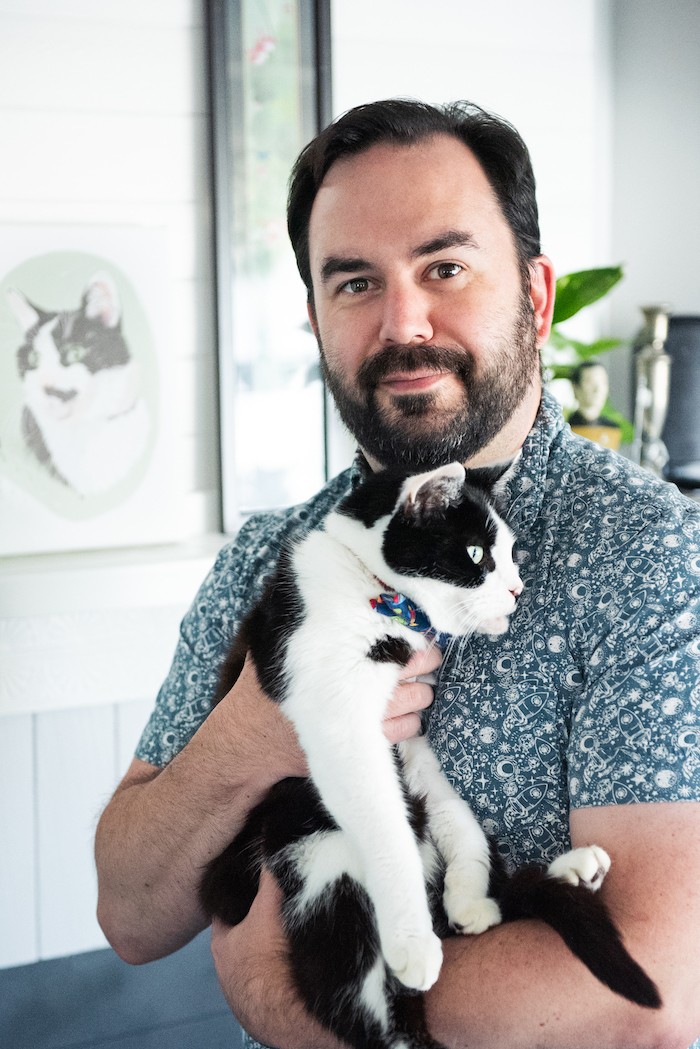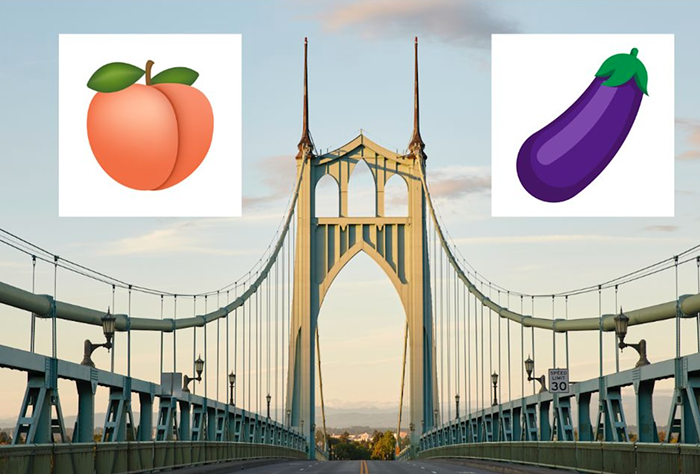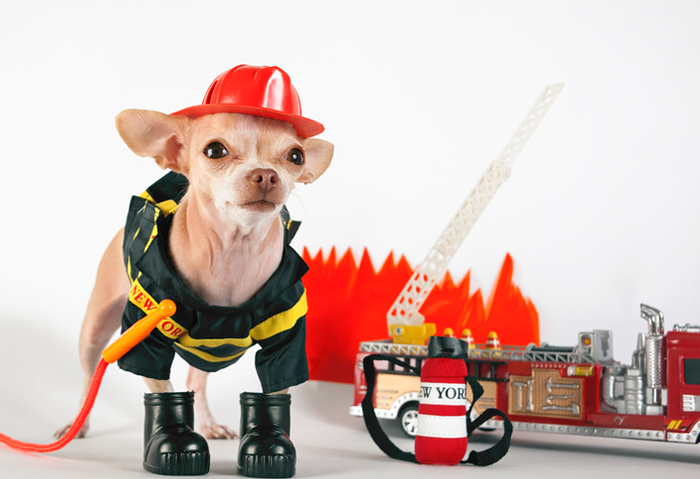FOR HIS LATEST PROJECT, Portland cartoonist Joe Sacco has put together an illustration that dwarfs even the largest of cartoon centerfolds: He's illustrated the first day of WWI's Battle of the Somme in a panorama that extends 24 plates. There's no dialogue or page breaks—it's a single item of art. It's also something he thought of while plastered. "This is one of those drunken ideas I had with a roommate in 1996," says Sacco. "Many years later he's an editor at Norton, just got a job, and he calls me up and says 'Hey, remember that idea we had?'" Soon after, the panorama went from an idea tossed around by sloshed history buffs to an actual project.
The Great War is sequential art in the most literal sense. The action proceeds in space and time without any kind of panel break or hard transition. Before the fighting begins, British soldiers sing and march in formation. Their preparations for battle slowly bleed into an explosive hell. The last images of The Great War are of the injured, the dead, and battlefield graves. "If you wanted to pick a day in WWI where there can be absolutely no more illusions, that would be it," says Sacco. "It was a British volunteer army... they were very enthusiastic about it. Within the first day of the battle there were 60,000 casualties, of which 20,000 were killed, and probably 10,000 killed in the first hour. That's more than all the American servicemen killed in Iraq and Afghanistan combined."
A single continuous image presents problems, though. "I've done a double-page spread, but nothing like this. I've always thought [that] if I have any strength, it's probably not drawing. It's composition. I thought I could tackle it, but it was much more difficult than I thought it would be." Sacco got inspiration from probably the most famous illustration of a battle ever. "When I began to realize this could work, I didn't think in terms of a static image like this. That probably wouldn't have appealed to me. Being a cartoonist I almost immediately thought of it in terms of the Bayeux Tapestry. That has a narrative. You see King William in his castle in Normandy, there's a political question going on, they're building the boats, they're sailing across the Channel and there's the Battle of Hastings. And it reads from left to right... I thought, 'Why don't I think of this as some medieval artist, and free myself of perspective and how space and time work and what's proportionate?'"
Sacco didn't want the panorama to be just a generic picture of battle, and spent a fair amount of time researching at London's Imperial War Museum. "I did want to give it a sense of place. I took photocopies of photos you don't normally find in books... They showed the bombardment of the German lines, what the countryside looked like... panoramas of the Battle of the Somme, pictures taken for intelligence purposes. I don't want it to be anyplace in WWI. I wanted it to be as particular as possible. As someone coming out of journalism, I try to be as accurate as possible. One gun does not stand in for any gun. It has to be that model." As specific as The Great War is, though, it seems to imply that any and all romanticism of battle is just an illusion. War is hell, as they say, and Sacco's drawn it.
















